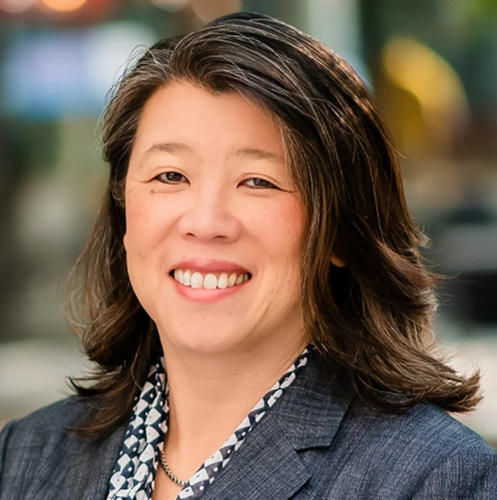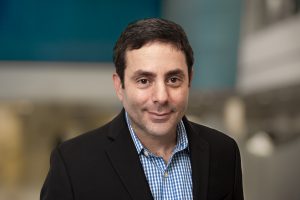Last year, if you had told Dr. Mignon Loh that she would soon become the leader of cancer care and research at Seattle Children’s, no one would have been more surprised than her. As chief of pediatric oncology at the University of California, San Francisco Benioff Children’s Hospitals, she was caring for children with cancer […]
Seattle Children’s is getting set to launch a program that will redefine how we care for children with “high-risk” leukemia – or leukemia that doesn’t respond well to standard treatments and/or has relapsed after therapy. Unfortunately, less than 40% of children with high-risk leukemia will live for more than four years after they’re diagnosed. Our […]



